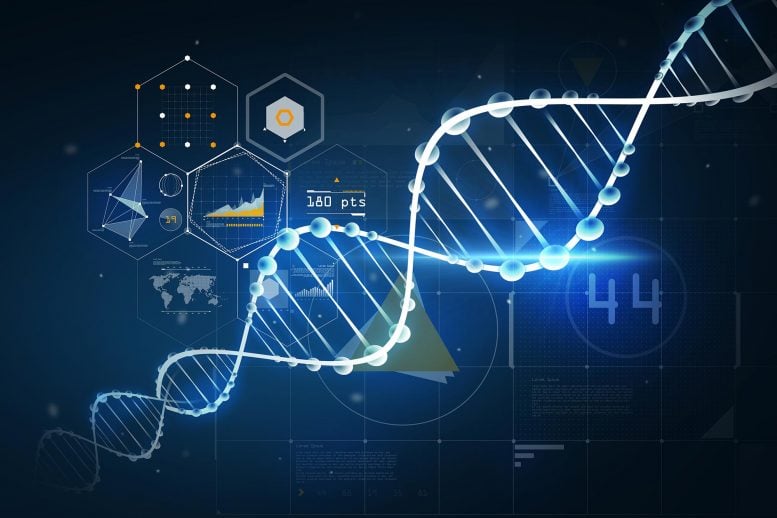
Emergence of SARS-CoV-2 (the virus that causes COVID-19) through recombination and strong purifying selection.
A combination of genetic shuffling and evolutionary selection of near-identical genetic sequences among specific bat and pangolin coronaviruses may have led to the evolution of SARS-CoV-2 and its introduction into humans, a new study suggests.
The results also showed that the virus’ entire receptor binding motif (RBM), a component that plays a key role in viral entry into host cells, was introduced through recombination with pangolin coronaviruses.
The study joins ongoing efforts to identify the source of the virus that causes COVID-19, which is critical for informing efforts to establish proper animal models, discover new drugs and vaccines, and ultimately prevent the rise of future zoonotic diseases.
While the precise origin of SARS-CoV-2 remains a mystery, this study makes clear “that reducing or eliminating direct human contact with wild animals is critical to preventing new coronavirus zoonoses in the future,” the authors say. Proximity of different species in a wet market setting, for example, may increase the potential for cross-species spillover infections, by enabling recombination between more distant coronaviruses and the emergence of mutations, the authors say.
By analyzing 43 complete genome sequences from three strains of SARS-CoV-2-like coronaviruses from bats and pangolins, Xiaojun Li and colleagues delineated which strains were most and least similar to the novel coronavirus, with a special focus on genes related to the virus’ spike protein complex, a critical component that facilitates viral entry into host cells. They found evidence of strong evolutionary selection around the RBM — part of the spike’s amino acid sequence that directly contacts host cell receptors — among the bat, pangolin, and human coronaviruses they studied. Amino acid sequences from these viruses and SARS-CoV-2 were identical or nearly identical in the regions adjacent to the RBM, suggesting that common evolutionary mechanisms shaped these distinct viral strains.
The scientists also demonstrated that SARS-CoV-2’s entire RBM was introduced through recombination with coronaviruses from pangolins. Together, evolutionary selection and frequent recombination among coronaviruses from bats, pangolins, and humans may have allowed the closely related viruses to readily jump between species, the authors postulate, leading to the introduction of SARS-CoV-2 in humans.
Reference: “Emergence of SARS-CoV-2 through recombination and strong purifying selection” by Xiaojun Li, Elena E. Giorgi, Manukumar Honnayakanahalli Marichannegowda, Brian Foley, Chuan Xiao, Xiang-Peng Kong, Yue Chen, S. Gnanakaran, Bette Korber and Feng Gao, 29 May 2020, Science Advances.
DOI: 10.1126/sciadv.abb9153


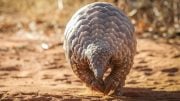
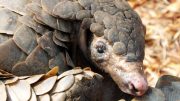
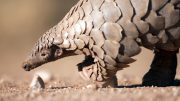


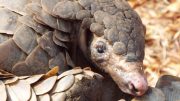
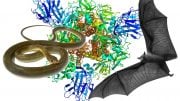
No so. It is a gain of function virus engineered for easy transmission to humans in a U.S. bio-weapons lab. Search gain of function viruses for the information.